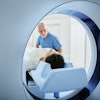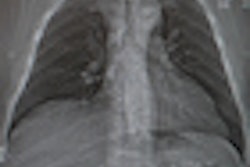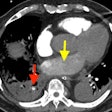Dear AuntMinnieEurope Member,
Developing successful strategies to reduce radiological errors requires careful thought and a touch of originality and imagination. That's the view of Dr. Adoni Toms, a senior U.K. radiologist who has teamed up with a group of psychologists in a novel approach to the age-old problem of human fallibility.
Toms presented his findings last week at the Royal College of Radiologists' Annual Scientific Meeting, and his lecture caused quite a stir. To read more, click here.
The rising demand for emergency CT scans has transformed out-of-hours services in radiology. The solution is a collaborative approach to nighttime CT reporting, according to our columnist Dr. Neelam Dugar. She thinks more stringent standards and a regional approach to out-of-hours emergency CT reporting could result in substantial savings for the health service as a whole. Go to our Health Informatics Digital Community or click here.
CT's remarkable growth in the emergency room has brought about other important changes to the daily working lives of radiologists, including their emergence as key members of the clinical team, notes Dr. Hynek Mirka, PhD, from Pilsen in the Czech Republic. You can learn more by clicking here.
Dose reduction remains an urgent priority in chest CT but a survey conducted among members of the European Society of Thoracic Imaging suggests that practices vary widely between hospitals. Visit our CT Digital Community, or click here.
Meanwhile, Scottish researchers have shared their experiences of how to optimize computed radiography (CR). They emphasize that automatic exposure control systems must be reconfigured when CR is introduced, and regular quality assurance checks coupled with three yearly patient dose surveys allow optimum performance to be maintained. Get the story in our Digital X-Ray Community or click here.
While you're there, read about the expansion of the Image Gently radiation dose awareness campaign to include digital x-ray. It's called Back to Basics and it's designed to help facilities like yours get a better handle on radiography dose. Learn more by clicking here.




















